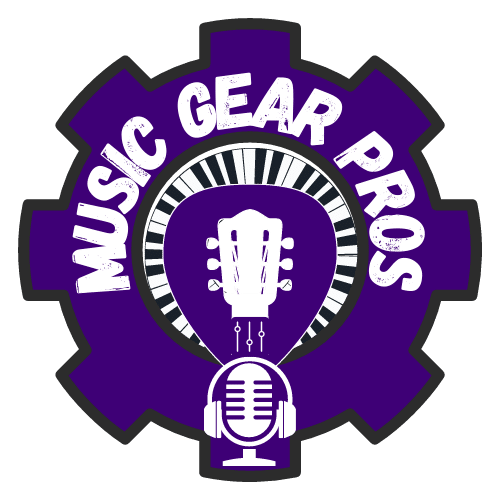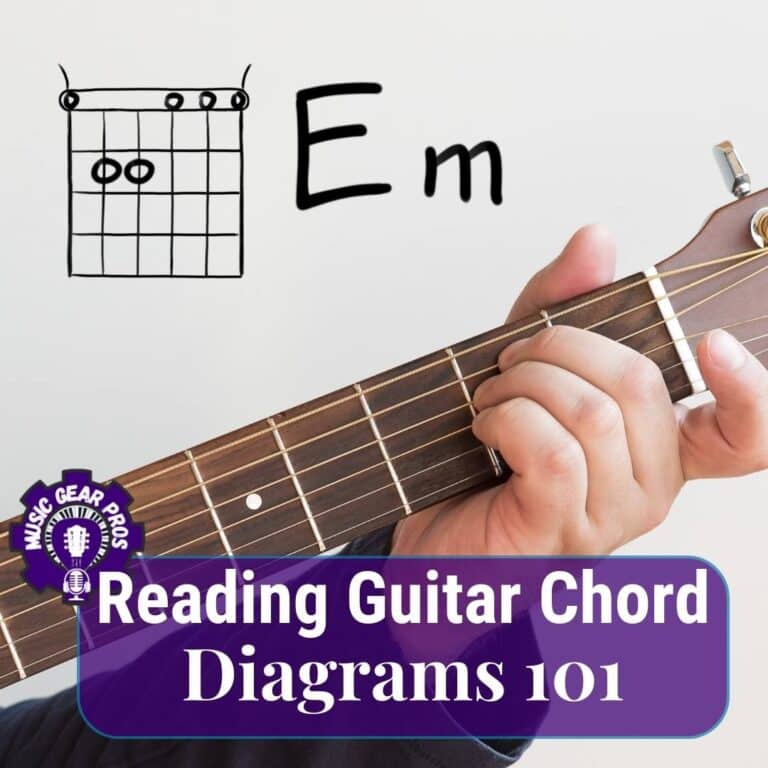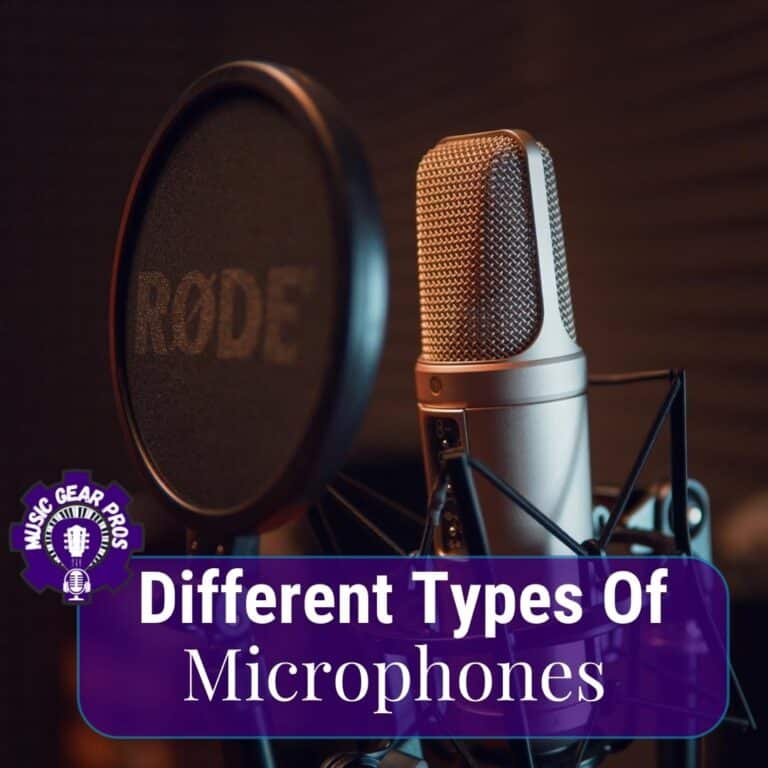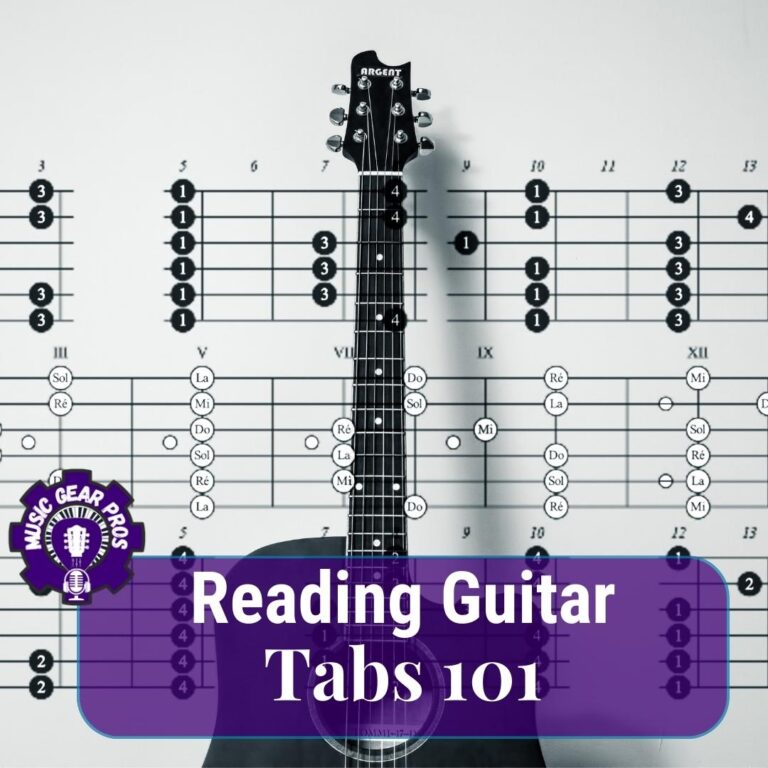Guitar Amps 101: Beginner’s Guide to The Perfect Amp
Ever wondered about the different types of guitar amps available? In this article, we’ll explore the various types of amps and their unique characteristics, helping you find the perfect match for your sound and playing style. Let’s plug in and get started!
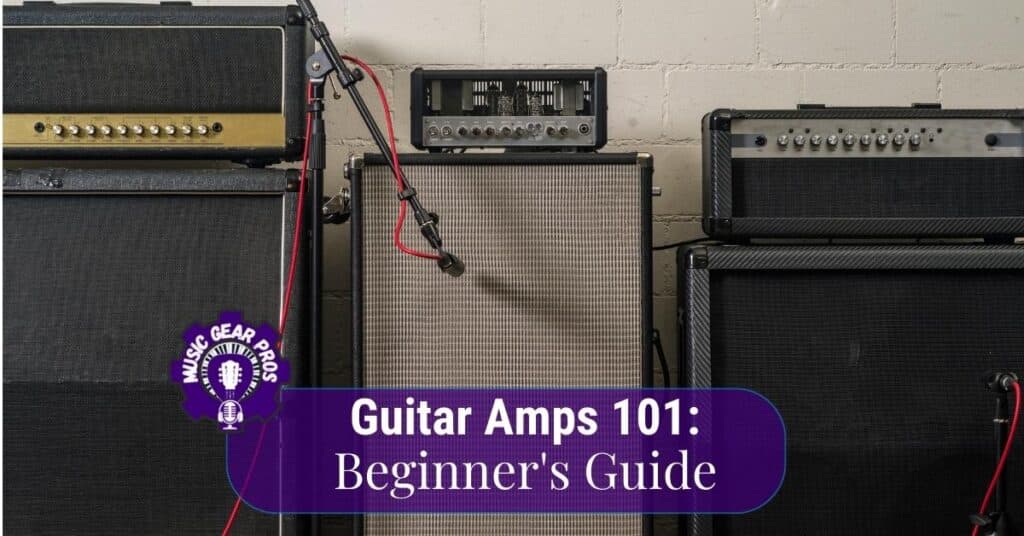
You’ve probably noticed that there’s a wide variety of guitar amps on the market, and choosing the right one can be a daunting task. Whether you’re a beginner or a seasoned pro, understanding the differences between amp types is crucial to finding the perfect partner for your guitar.
In this article, we’ll break down the most common types of guitar amps, their features, and their ideal applications, so you can make an informed decision. To keep it simple and to the point, we are going to do what we do with most of our articles. Answer two questions, What is it? And when to use them? Ready? Let’s dive in!
Want to Skip The Details? Here is a quick summary:
- Tube Amps
- Warm, organic tones
- Natural compression
- Ideal for blues, rock, country, jazz
- Solid-State Amps
- Reliable, affordable, consistent
- Suitable for various genres and styles
- Great for gigging musicians
- Modeling Amps
- Digital signal processing (DSP) technology
- Emulates various amp types, cabinets, and effects
- Ideal for versatility and convenience
- Hybrid Amps
- Tube-driven preamp, solid-state power amp
- Combines warmth and responsiveness of tubes with the reliability of solid-state
- Suitable for various genres and playing situations
- Acoustic Amps
- Designed to amplify acoustic guitars without distortion
- Built-in effects, feedback control, multiple inputs
- Perfect for live performances, recording, and practice
- Practice Amps
- Small, portable amplifiers
- Basic tone-shaping controls, sometimes built-in effects
- Ideal for home practice and low-volume jamming
- Battery-Powered Amps
- Portable, battery-operated
- Great for street performers and impromptu jam sessions
- Examples: Roland Micro Cube, Blackstar FLY3 3W
Guitar Amps Types
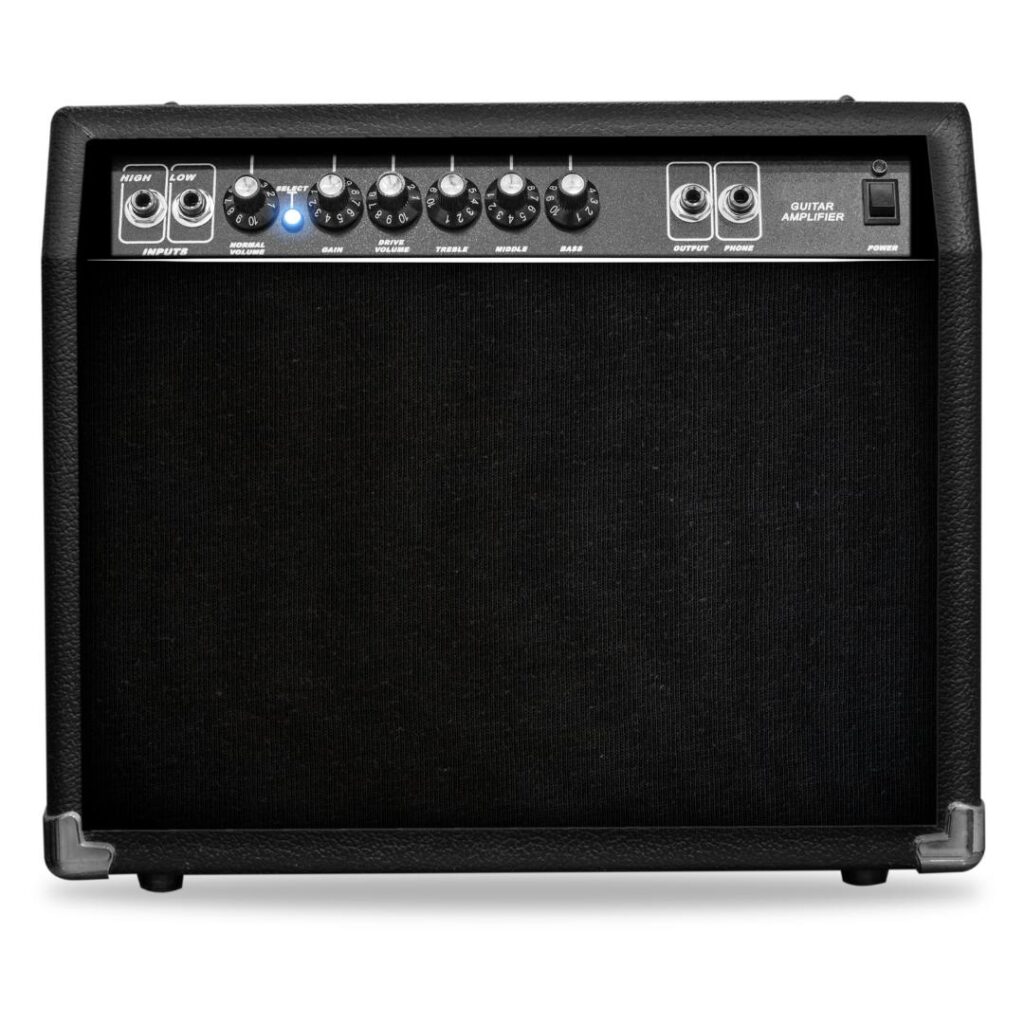
Tube Amps
a. What are they?
Tube amps, also known as valve amps, use vacuum tubes to amplify the guitar signal. They are known for their warm, organic tones and natural compression, making them a popular choice for guitarists across various genres.
b. When to use them?
If you’re after a classic, sought-after tone with a dynamic response that reacts to your playing, a tube amp is the way to go. They’re suitable for blues, rock, country, jazz, and more. Some popular examples include the Fender ’65 Deluxe Reverb and the Marshall JCM800.
Solid-State Amps
a. What are they?
Solid-state amps use transistors instead of vacuum tubes to amplify the guitar signal. They are known for their reliability, affordability, and consistency in sound, making them a popular choice for gigging musicians.
b. When to use them?
Solid-state amps are ideal for guitarists seeking a reliable, affordable, and consistent tone. They can cover a wide range of genres and styles, and some popular examples include the Roland JC-120 and the Orange Crush series.
Modeling Amps
a. What are they?
Modeling amps use digital signal processing (DSP) technology to emulate the sound of various amp types, speaker cabinets, and effects. This allows guitarists to access a wide range of tones within a single unit.
b. When to use them?
Modeling amps are perfect for guitarists who want versatility, convenience, and a wide array of tones at their fingertips. They’re suitable for practicing, recording, and live performances. Popular examples include the Line 6 Spider series and the Fender Mustang GT series.
Hybrid Amps
a. What are they?
Hybrid amps combine the best of both worlds, featuring a tube-driven preamp section paired with a solid-state power amp section. This combination offers the warmth and responsiveness of tube amps with the reliability and consistency of solid-state amps.
b. When to use them?
Hybrid amps are a great choice for guitarists who want the benefits of tube amps without the maintenance and fragility concerns. They’re suitable for various genres and playing situations. Some popular examples include the Vox Valvetronix series and the Marshall Valvestate series.
Acoustic Amps
a. What are they?
Acoustic amps are specifically designed to amplify the natural tone of an acoustic guitar without coloring or distorting the sound. They often include additional features like built-in effects, feedback control, and multiple input options.
b. When to use them?
If you’re an acoustic guitarist looking to amplify your instrument for live performances, recording, or practicing, an acoustic amp is an excellent choice. Some popular examples include the Fishman Loudbox series and the AER Compact 60.
Practice Amps
a. What are they?
Practice amps are small, portable amplifiers designed for individual practice sessions and low-volume jamming. They often include basic tone-shaping controls and sometimes built-in effects, making them an ideal choice for practicing guitarists.
b. When to use them?
If you’re looking for a compact, portable amp for home practice or small gatherings, a practice amp is the perfect option. They’re suitable for beginners as well as more experienced players who want a convenient, low-volume solution for honing their skills. Some popular examples include the Fender Champion series and the Blackstar Fly 3.
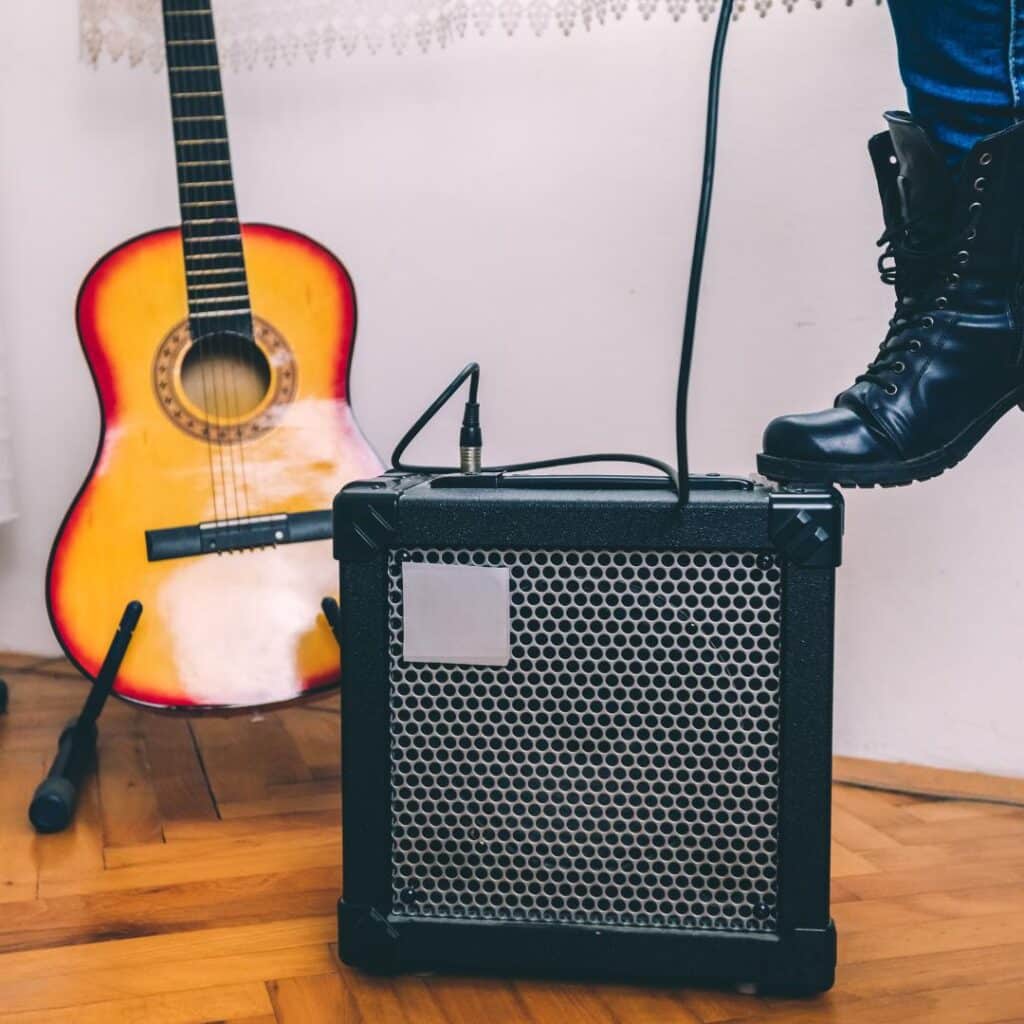
Battery-Powered Amps
a. What are they?
Battery-powered amps are portable guitar amplifiers that run on batteries, making them perfect for on-the-go playing situations. They are typically small and lightweight, making them easy to carry around.
b. When to use them?
Battery-powered amps are ideal for street performers, impromptu jam sessions, or any situation where you need a portable, self-contained amplification solution. Some popular examples include the Roland Micro Cube and the Blackstar FLY3 3W.
What’s Next?
And that’s a wrap! We’ve explored the most common types of guitar amps, their unique characteristics, and when to use them. Now you have a better understanding of the different amp types, and you can make a more informed decision when choosing the perfect amplifier for your guitar and playing style.
Remember, there’s no one-size-fits-all answer when it comes to guitar amps, and the best choice for you will depend on your unique needs, preferences, and budget. So, experiment with different types of amps, and enjoy the journey of discovering your ideal sound. Rock on! 🎸🎶
